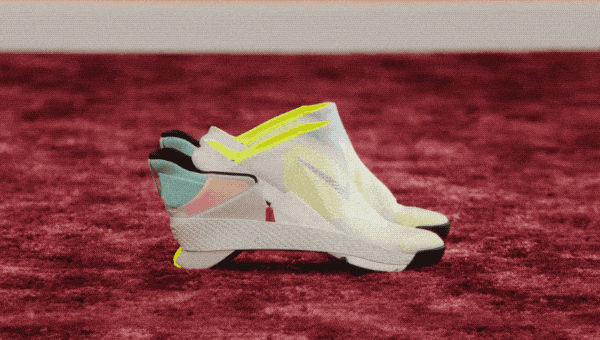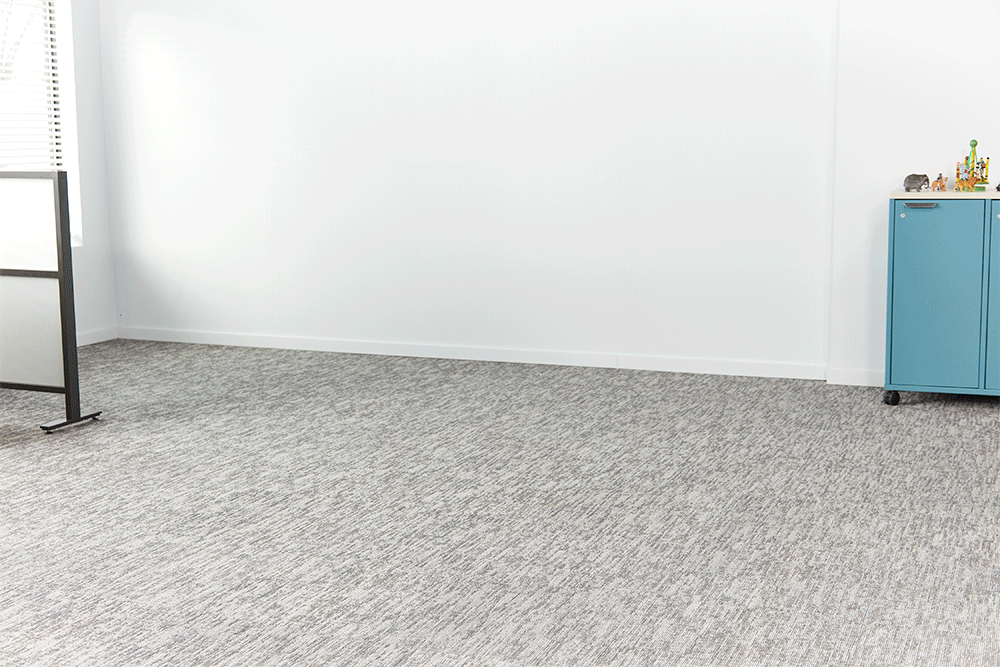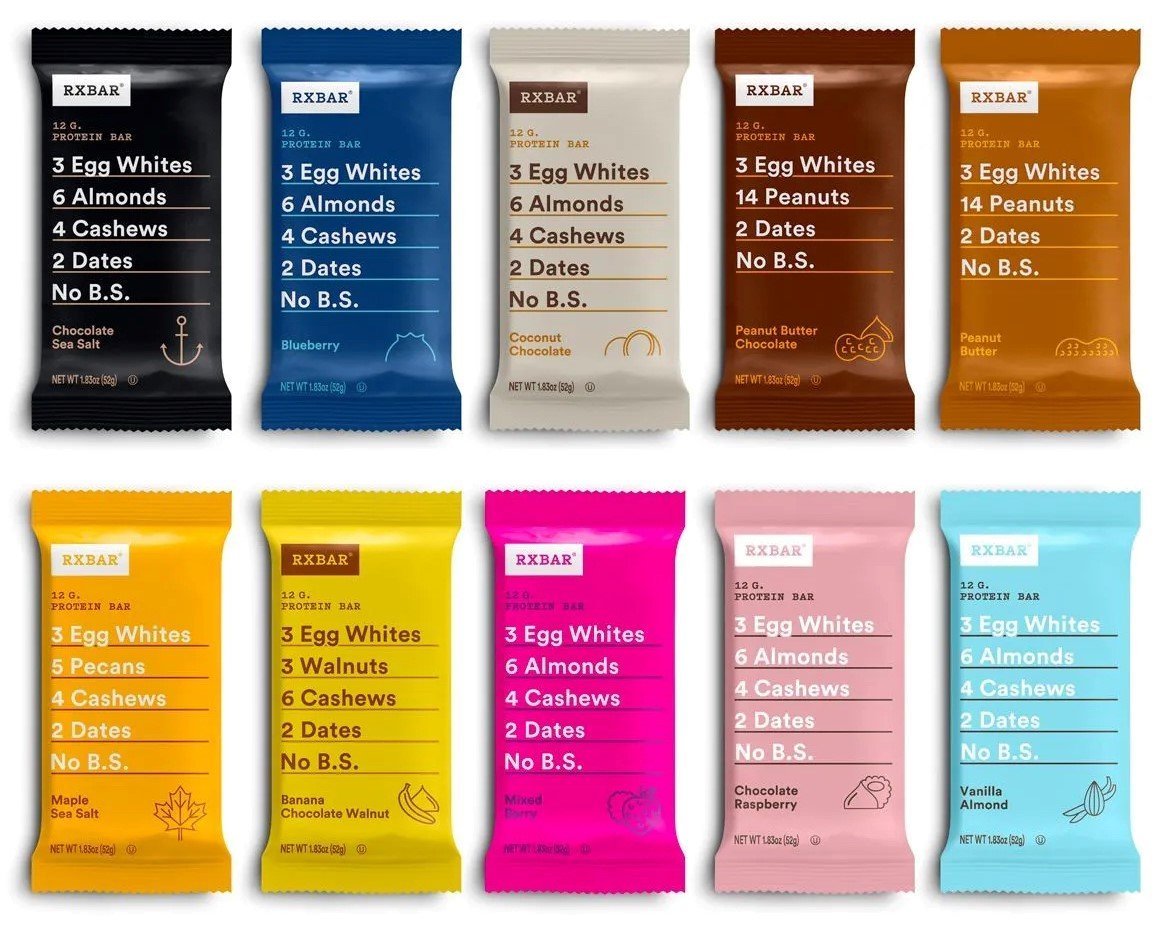- What's New
- Pricing & Purchasing
- Lead Times
- Literature & Samples
- Services & Warranties
- Careers
- Find a Rep
How to Support Students with Individualized Design that Appeals to All

Learn how universal design creates an environment that adapts and responds to students' individual needs in a way that’s impactful for everyone.
Universal design imagines products and environments that are suitable for all people, regardless of age, size or ability. You’ve likely seen its results in everyday life, from automatic sliding doors at grocery stores to scissors that right-handed and left-handed people can use comfortably.
There are few places where universal design matters more than in schools, where people with all different needs, desires, learning styles and personalities spend much of their formative years.
At KI, we believe it’s imperative to design learning environments that can respond to the needs of each student and educator in real time. Here's how to approach that.
Walk a Mile in Someone Else’s Shoes
Empathy is critical to universal design and, if you ask us, any design that seeks to be of value. After all, if we’re not putting humans at the center of our design process, who are we serving?
For instance, learning to tie your own shoes is a rite of passage for many, but not everyone can easily reach their shoes or intricately utilize their hands. Nike was recently named a finalist in Fast Company’s World Changing Ideas Awards for its hands-free sneaker.

Designed with a hinge and tension band, the GO FlyEase sneaker can be slipped on and off without laces, Velcro or needing to bend over to slip the back over your heel.
The sneakers are a game-changer for people with disabilities, injuries or chronic illnesses that limit their mobility, but they also offer wider appeal. Anyone who has their hands full when heading out the door, whether taking out the trash or moving a sleeping baby in their car seat, can appreciate the shoe’s design.
That’s one of the most remarkable aspects of universal design. A product can be tailored to the needs of a specific community in a way that’s impactful for everyone.
Reveal Niche Interests and Latent Needs
At KI, our design philosophy embodies that approach. Our research team conducts ethnographic research with particular user groups, like cosplayers or mountain climbers, for instance. In our experience, people who are part of a niche or extreme culture are great at communicating their design needs.

As we move through the design process, we often unlock latent needs for a vast majority of the population and not just those on the extreme ends of the spectrum.
The design process for our Imaginasium collection is a perfect example. We began by studying the littlest learners among us. We immersed ourselves in the classrooms and homes of 2-to-8-year-old children and discovered that they seek out different elevations when playing and learning. They might climb up somewhere when excited or sharing but also have a natural inclination for floor time. These findings informed our design for Imaginasium Blocks, which young kids can stack together to climb up, cocoon and more.

When we tested Imaginasium prototypes in classrooms, we found they also met a latent interest for a broader demographic. Teachers told us that they were excited to use Blocks to familiarize younger students with early STEM learning concepts.
That’s what we mean when we talk about discovering latent needs. If we had asked teachers what design solutions would help them teach STEM concepts, their minds probably wouldn’t have jumped to two-feet-wide modular furniture.

RXBAR is another example. To develop its protein bars, the company focused its research on the extreme fitness community, where people were particularly intentional about their nutritional intake because they needed to fight inflammation after intense workouts. After hearing people list out paleolithic foods, like “two dates and three eggs,” RXBAR designed its packaging accordingly, with an exact, recognizable ingredients list on the front. Incidentally, the straightforward design proved popular with the masses, too.
Apply Universal Design in the Classroom
Universal design is inherently adaptive, which is especially important in the classroom. Young learners are adventurous and imaginative, able to retool and repurpose nearly anything in the pursuit of creativity and knowledge.
The onus shouldn’t be on the teacher to curate individual design solutions for each of their students. The magic of universal design isn’t just that it creates a learning environment that’s responsive to the needs of certain students. It creates an environment that can be attentive to all.

A sensory room, for instance, may be necessary for neurodiverse students when they’re feeling overwhelmed by stimuli in the classroom. But everyone can benefit from such a space, which are often designed to activate the parasympathetic nervous system and reduce stress as a result.
When we apply universal design to the classroom, we can curate fulfilling experiences for a diverse range of learners, including students with autism, ADHD, mobility impairments, sensory sensitivities and all learning, physical or cognitive abilities.
Engage User-Responsive Furniture Solutions
From Imaginasium and Ruckus to Ricochet, we’re always working to design furniture solutions that allow environments to adapt and respond to individual needs with a moment’s notice.

Discover more user-responsive furniture solutions that appeal to the needs of all students and learning needs by clicking the button below.
Subscribe
Stay up to date with the latest trends and more.
